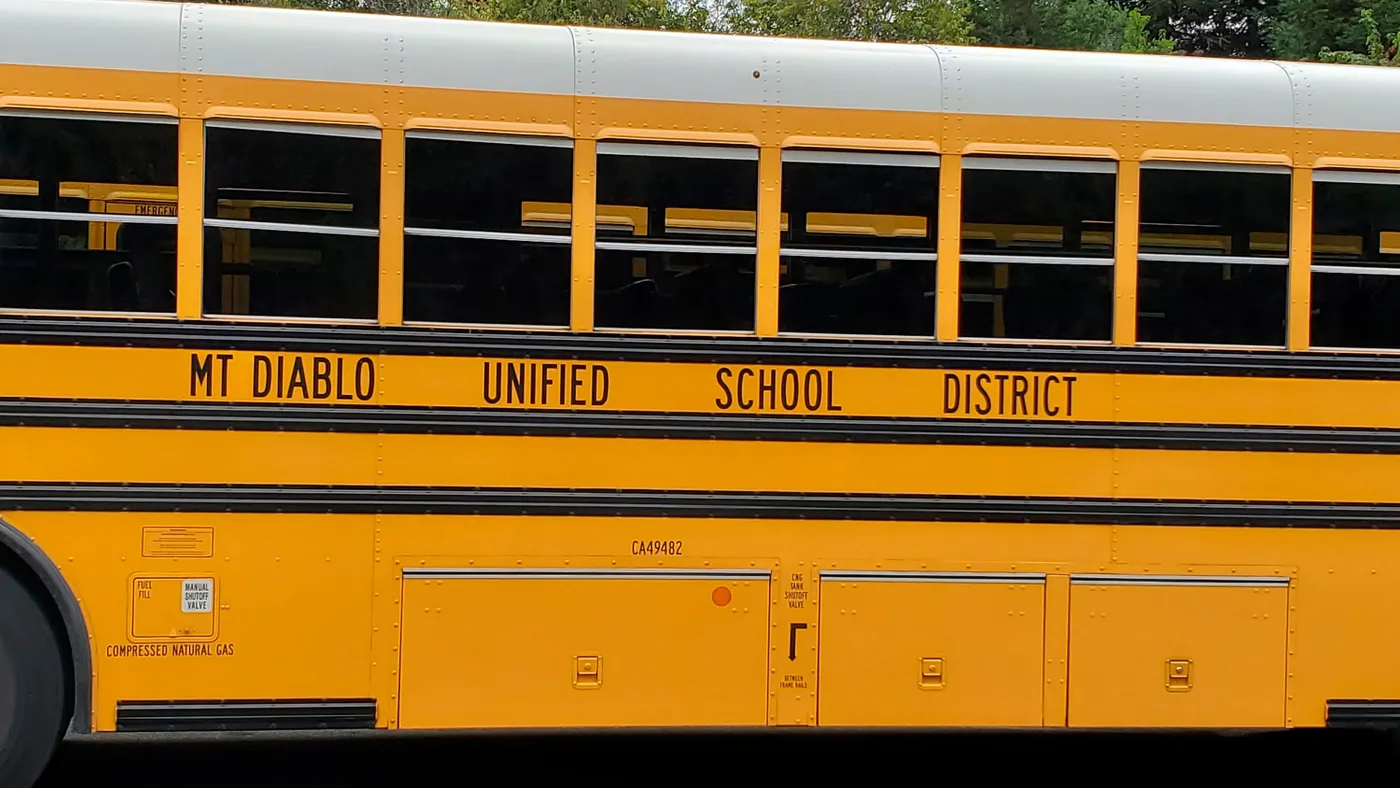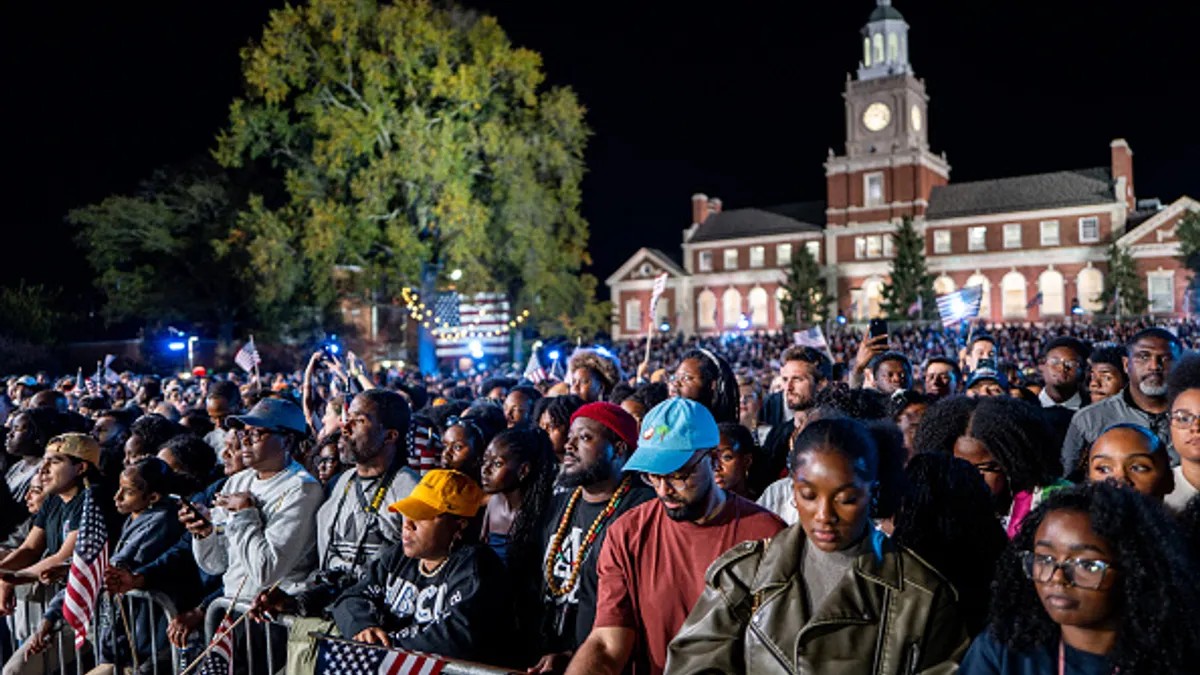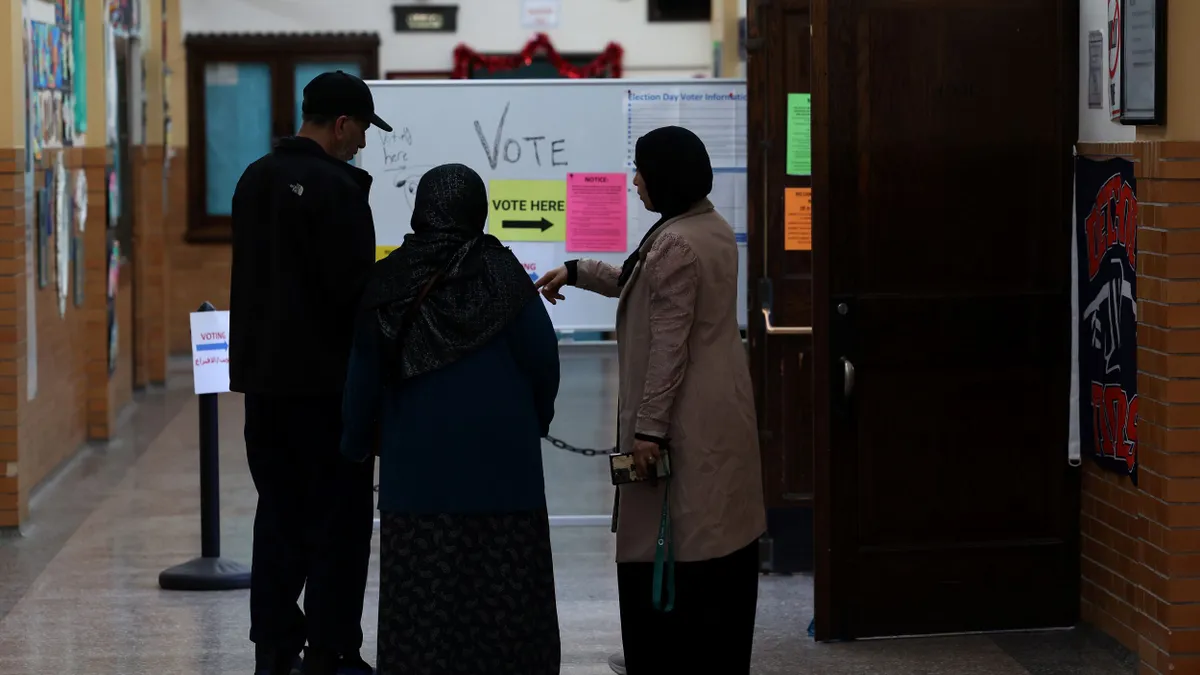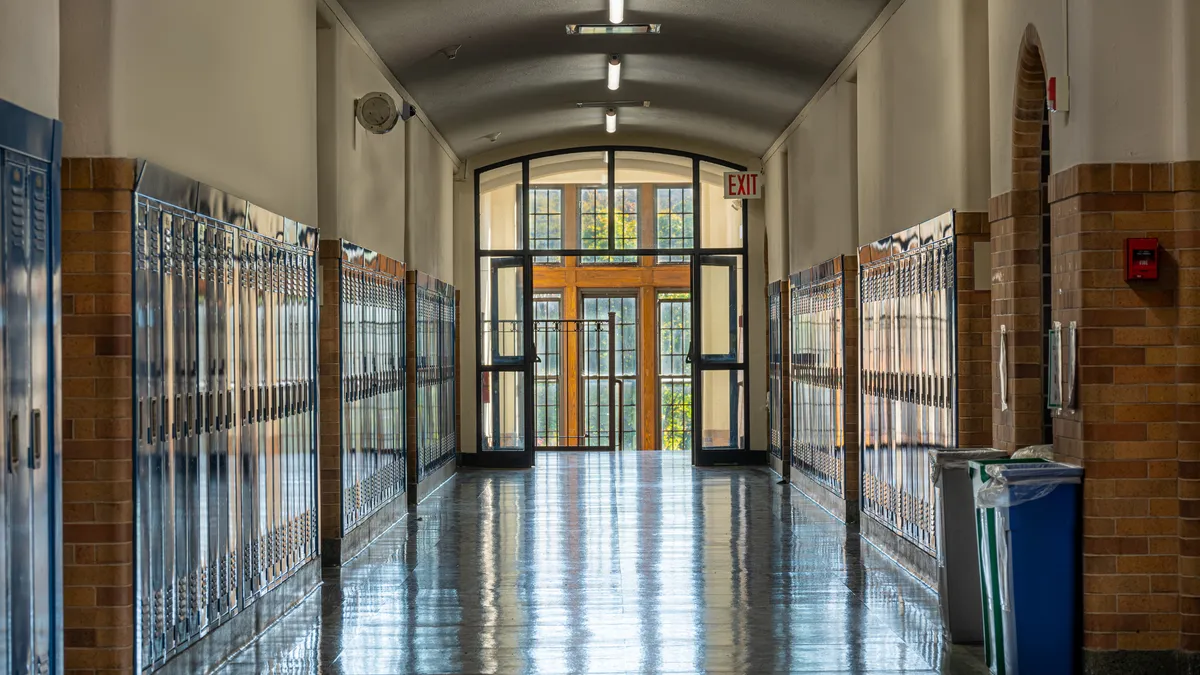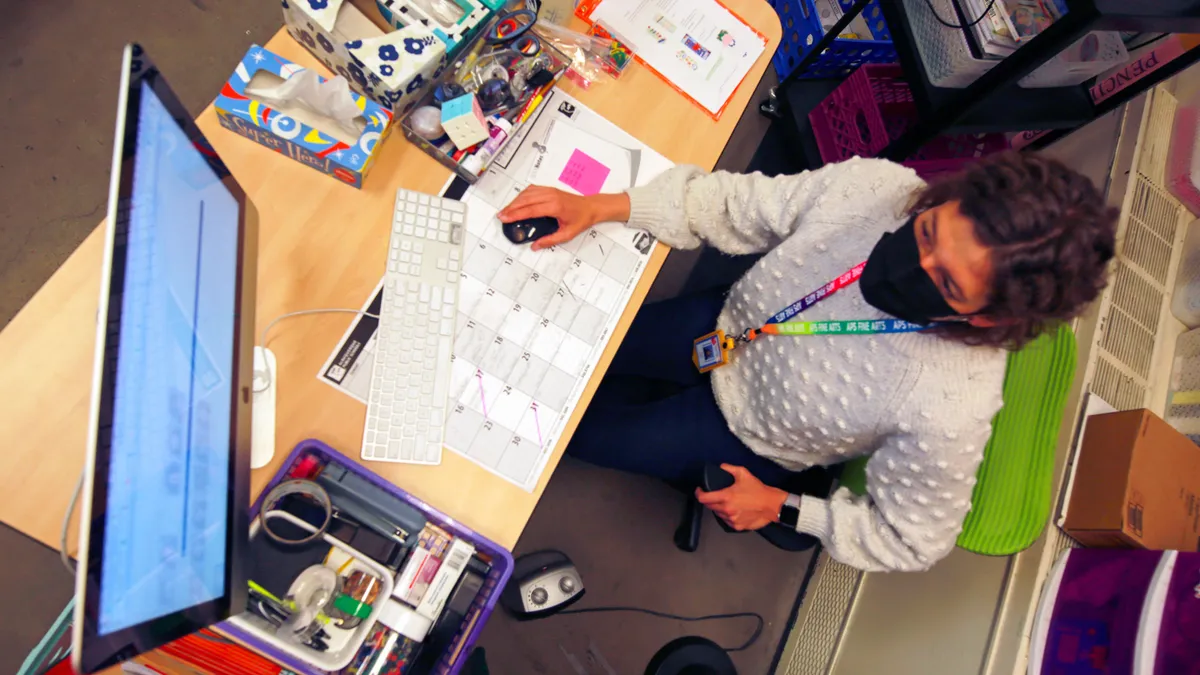This article is part one of a two-part series on significant disproportionality in K-12 schools. For part two, click here.
When California's Mt. Diablo Unified School District received notice from the state education agency in 2021 that it had an overrepresentation of Black students with intellectual disabilities, it did something that has been rare in special education over the last 20 years: It widely and very publicly announced the disparity to its community.
The district also encouraged parents, educators and community members to help the school system figure out why it had this disproportionality and to find solutions.
Following months of data research and community input, the district learned a lot — including that Black students and their families did not feel included and respected in the school community, said Wendi Aghily, chief of pupil services and special education for the district.
It was the beginning of several years of difficult, yet important, work to ensure students are not misidentified with special education classifications, she said.
“When you get identified as significantly disproportionate you can look at it like we have to address this issue to get out of significant disproportionality — or you can look at it as we have to address this issue because it is wrong and so we set the tone from the very beginning,” Aghily said.
In the past few years, more districts across the country have likewise been identified with special education programs that are over- or underrepresented by race. In fact, U.S. Department of Education data shows a nearly 100% increase between the 2018-19 and 2020-21 school years in the number of districts identified with what's known as "significant disproportionality" in the special education field.
And even though the 825 districts in 39 states identified with significant disproportionality in 2020-21 represent only 5% of districts nationwide, each identification is evidence that students are not receiving an equitable education, say educators and advocates for disaiblity rights and racial equity.
“Regardless of whether it is four students or 10 students, they are still children who are being impacted by a system,” said María Hernández, author of "Dismantling Disproportionality" and deputy executive director of school change and community engagement and co-director of the Innovations in Equity and Systemic Change at New York University’s Metropolitan Center for Research on Equity and the Transformation of Schools.
"There's a long and deep history of sending a very sort of mixed message about the enforcement of the disproportionality provision."

Dan Losen
Senior director for the education team at the National Center for Youth Law
But as the federal government, states and localities all work to understand why some districts' special education programs are disproportionate and to find remedies, pockets of resistance, doubt and ambivalence exist.
In some places, quiet concerns are being voiced that efforts to remedy disproportionately in special education will open a district up to criticism and scrutiny during a time of heightened racial discourse across the nation.
Confusion also hangs over the complex federal requirement to measure for significant disproportionality. Even the government has a track record of giving conflicting guidance here.
"There's a long and deep history of sending a very sort of mixed message about the enforcement of the disproportionality provision," said Daniel Losen, who studied the issue for several decades as a researcher and is now senior director for the education team at the National Center for Youth Law. Losen is also co-author of "Racial Inequity in Special Education."
The number of districts identified as significantly disproportionate has been increasing
Why the work is important
Measuring the racial over- or underidentification of students with disabilities is one of the more complicated procedures for special education administrators. But, many say, it is one of the most important.
Racial disparities in underidentification of students in special education can lead to missed opportunities for interventions and supports, putting students further behind academically or not on track to earn a regular diploma. Overrepresentation of students of color being suspended or expelled, meanwhile, can widen achievement gaps and contribute to the school-to-prison pipeline.
In fact, according to advocates, an area of common concern is the overidentification of Black students with disabilities being suspended or expelled. Data backs up those concerns.
Education Department statistics for the 2017-18 school year, the most recent data available for comparison, shows Black students with disabilities being served by the Individuals with Disabilities Education Act made up about 2.3% of total student enrollment. Yet they received nearly triple that percentage, 6.2%, of one or more in-school suspensions and almost quadruple (8.8%) of one or more out-of-school suspensions.
Black students ages 5-21 were also more likely than other single racial or ethnic group to be identified with an intellectual disability or emotional disturbance in fall 2020, according to an Education Department annual report to Congress on IDEA.
Another troubling statistic is the underidentification of Black students with autism, said Robyn Linscott, director of education and family policy at The Arc, an advocacy organization for people with intellectual and developmental disabilities.
The current process of identifying districts for significant disproportionality in special education was built over two decades of evidence that students of color were overrepresented in special education populations. Some advocates and researchers say that history stretches back even further to the mid-to-late 20th century when some educators, policymakers and community members were resistant to federal civil rights laws that required schools to desegregate and educate students with disabilities alongside peers without disabilities.
Yet efforts to reduce and eliminate significant disproportionality benefit all students, not just those with disabilities, according to advocates, researchers and experts.
"If teachers were proficient in culturally responsive education, I believe that many of the issues with significant disproportionality would be … less because teachers would be able to teach to all students," said Alexandria Harvey, senior program associate in special education policy and practice for the National Center for Systemic Improvement led by WestEd, a research, development and technical assistance organization.
Others focused on racial equity in special education also promote inclusive practices that honor every student’s unique experience and background.
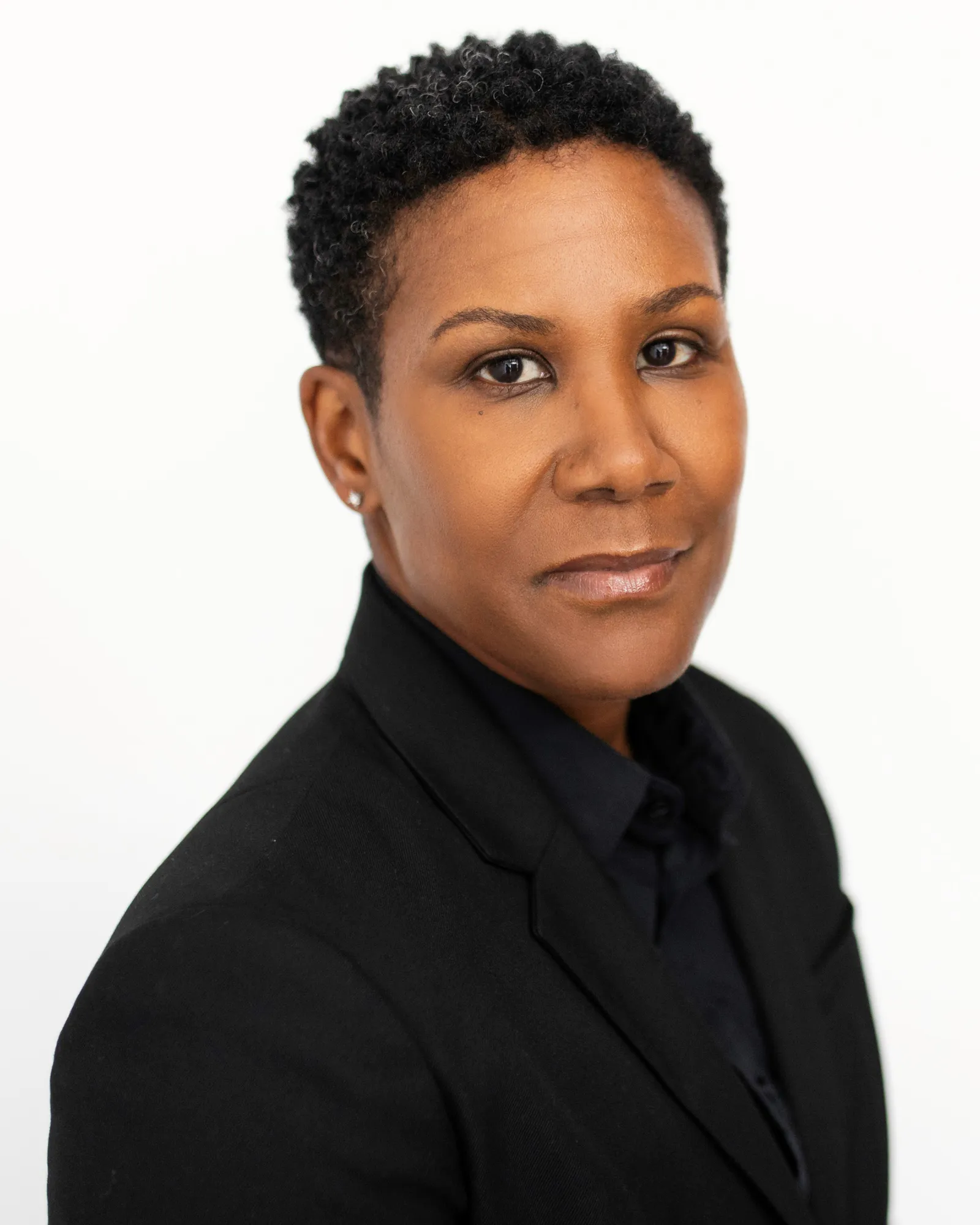
"Coming at this work from a culturally responsive sort of lens or sort of focus area has been really successful," said Heather Calomese, California's state director of special education until recently. Calomese is now the chief policy and advocacy officer at EdVoice, a nonprofit that advocates on the behalf of children from low-income families.
"This is not a numbers game," she said. "There are students and faces behind these numbers."
Why it's complicated
Federal rules require that districts be measured for racial disparities in special education annually in 14 categories — including a student's disability identification, placement of where a student's learning takes place, and discipline — as well as for seven racial and ethnic groups. This adds up to potentially 98 different calculations to determine if a district is or isn't significantly disproportionate.
Additionally, federal rules and the IDEA statute do not give a definition for significant disproportionality. And while there is a federal standard for measurement to make significant disproportionality determinations, states can create their own risk ratios, thresholds and minimum cell-sizes for the calculations.
A district’s calculation can indicate there’s significant disproportionality for three consecutive years before it is officially identified as disproportionate. These measurements are only done at the district level, although through a review of data, policies and practices, local officials may discover that disproportionality exists only at one school or in one grade band within the district.
Once districts are identified, they must set aside 15% of their federal IDEA Part B funds for programs that remedy significant disproportionality, including for initiatives that support all students and students at risk of needing special education services.
Districts can also voluntarily set aside these funds to work proactively to reduce risks for significant disproportionality, particularly if they see their data trending toward the level for identification. For the 2020-21 school year, 511 districts — or about 3% of districts nationwide — voluntarily set money aside to address significant disproportionality concerns.
For example, of Minnesota's 304 school districts, 71 (or 23%) voluntarily set aside IDEA funds that year to support equity in special education.
"The other important thing to try to measure is how are minority students doing in special education? Are they in fact benefiting? And that's the piece that people tend to ignore."

Candace Cortiella
Founder and director of The Advocacy Institute
Another complicating factor is that schools are dynamic communities — with families moving in and out regularly, teachers and administrators turning over, and state policies changing regarding diversity and inclusion efforts.
Then there's this: While advocates and administrators agree the measurement for significant disproportionality is valuable, some say it only tells part of the story.
"Reducing this issue to a mathematical formula diminishes the focus on larger societal challenges, including poverty and environmental concerns, which must be addressed in order for all students to have the opportunity to be successful in school and beyond," said Phyllis Wolfram, executive director of the Council of Administrators of Special Education, in a May 30 letter to the Education Department in support of a new technical assistance center on significant disproportionality.
Meanwhile, some advocates said federal data collection should include more emphasis on academic outcomes for students of color who have disabilities.
"The other important thing to try to measure is how are minority students doing in special education? Are they in fact benefiting? And that's the piece that people tend to ignore," said Candace Cortiella, founder and director of The Advocacy Institute, a nonprofit organization that works to support people with disabilities.
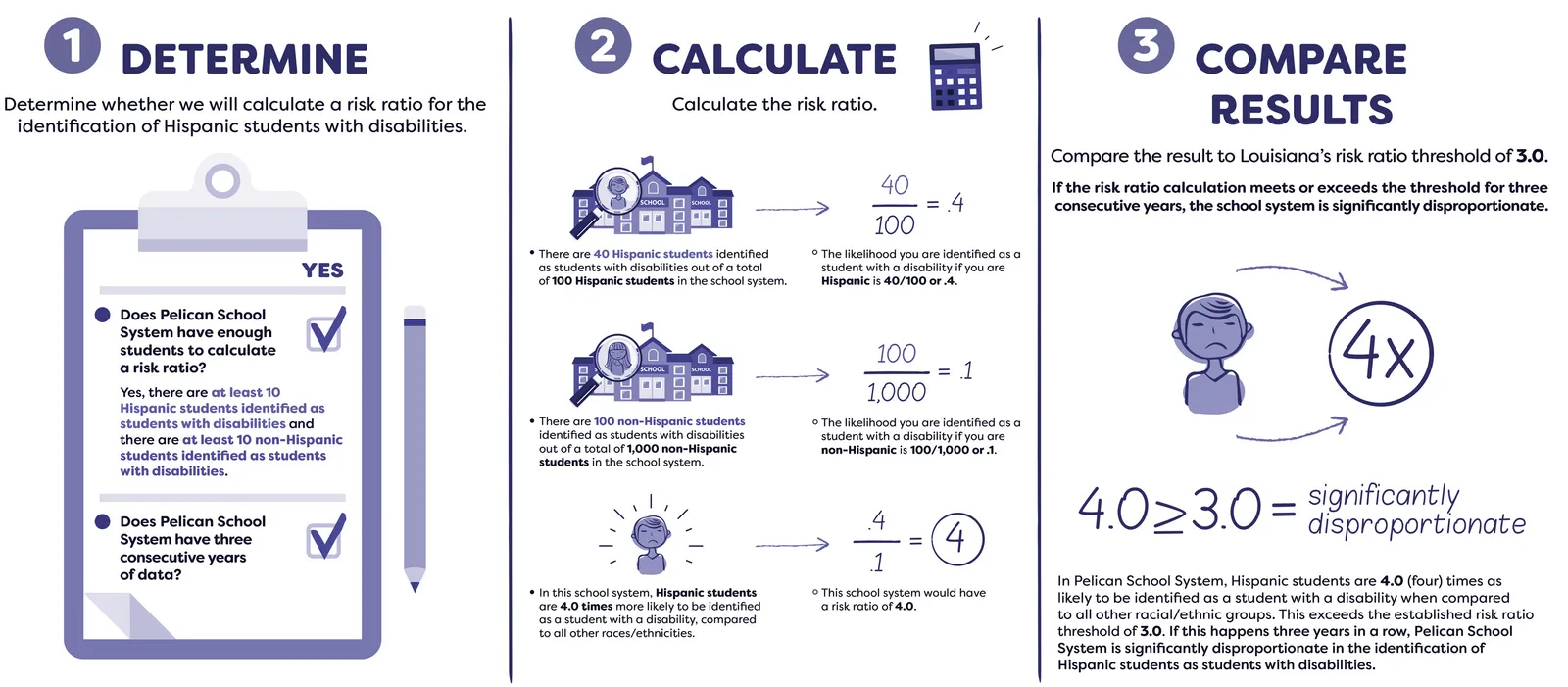
Increase was predicted
The increase in districts across the nation identified as having student populations over- or underrepresented in special education comes as no surprise. In fact, educators predicted this outcome when the regulation for measuring significant disproportionality was updated in 2016.
That regulation for IDEA sought a more standardized approach to measuring significant disproportionality in special education at the district level. The approach, however, still gave states much leeway to create their own methodologies for accountability purposes — but within guardrails set by federal rules.
This more standardized measurement, educators and advocates said at the time, would lead to higher identified rates compared to the previous method that resulted in many states with no districts at all identified with significant disproportionality.
The requirement to measure for this was first included in the 1997 reauthorization of IDEA and then expanded in the 2004 reauthorization. But nearly 10 years later, in 2013, the U.S. Government Accountability Office found only 2% of districts nationwide were identified, and half of those districts were in just five states: Louisiana, Michigan, Mississippi, New York and Rhode Island.
Thus began the push to create the 2016 regulation that would somewhat standardize calculations nationally. But just as districts and states were preparing to meet a federal July 2018 deadline for compliance for the 2016 regulation, then-U.S. Education Secretary Betsy DeVos said the Education Department would delay implementation of the rule, citing concerns that it might encourage districts to create special education racial quotas to avoid being identified as significantly disproportionate.
Advocates supportive of the new regulation sued and won, and by April 2019, the rule was back in full effect.
But then came a pandemic and the ramifications of George Floyd’s murder — and both would have an impact on states' and districts' efforts to eliminate significant disproportionality.


